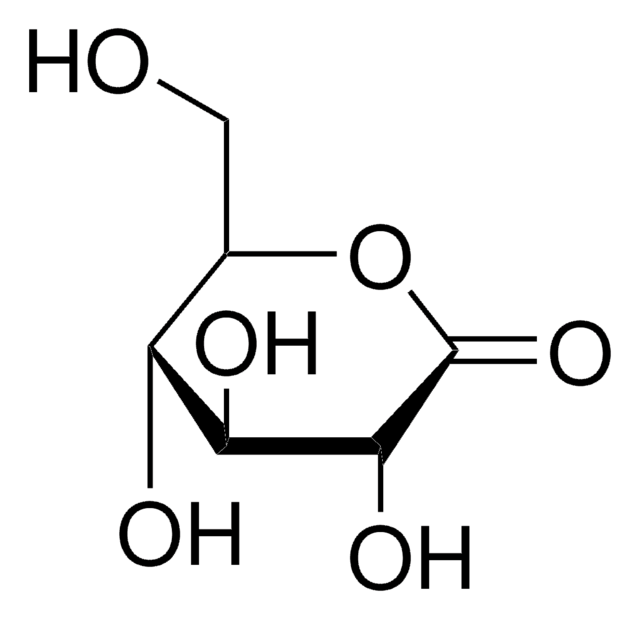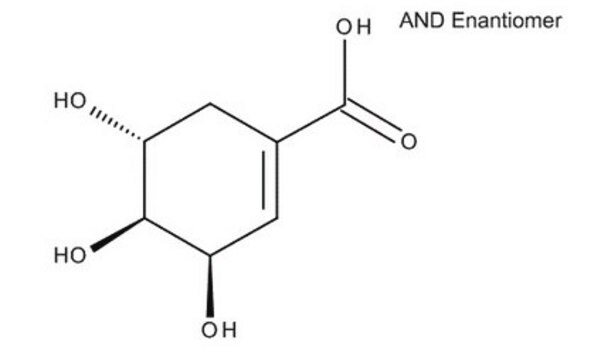260428
3-Ethoxy-1,2-propanediol
98%
Sinónimos:
3-Ethoxypropane-1,2-diol, Glycerol 1-ethyl ether
Iniciar sesiónpara Ver la Fijación de precios por contrato y de la organización
About This Item
Fórmula lineal:
C2H5OCH2CH(OH)CH2OH
Número de CAS:
Peso molecular:
120.15
Número CE:
Número MDL:
Código UNSPSC:
12162002
ID de la sustancia en PubChem:
NACRES:
NA.23
Productos recomendados
Nivel de calidad
Análisis
98%
formulario
liquid
índice de refracción
n20/D 1.441 (lit.)
bp
222 °C (lit.)
densidad
1.063 g/mL at 25 °C (lit.)
cadena SMILES
CCOCC(O)CO
InChI
1S/C5H12O3/c1-2-8-4-5(7)3-6/h5-7H,2-4H2,1H3
Clave InChI
LOSWWGJGSSQDKH-UHFFFAOYSA-N
¿Está buscando productos similares? Visita Guía de comparación de productos
Descripción general
3-Ethoxy-1,2-propanediol (also known as glycerol α-ethyl ether) is primarily used as a solvent in various industries, including pharmaceuticals, cosmetics, and coatings. It can also be used as a substrate in the synthesis of cyclic phosphates for use in flame retardants.
Aplicación
3-Ethoxy-1,2-propanediol (EGE) can be used as a crosslinking agent in the development of poly(glycidol) hydrogels for use in various biomedical applications such as tissue engineering and drug delivery. It is also used as a potential component in a bio-based solvent system for dissolving or processing nitrocellulose.
3-Ethoxy-1,2-propanediol can be used as:
3-Ethoxy-1,2-propanediol can be used as:
- An analyte protector in gas chromatographic analysis of pesticides.
- An acceptor substrate in glycosylation reaction by sucrose phosphorylase.
Palabra de señalización
Warning
Frases de peligro
Consejos de prudencia
Clasificaciones de peligro
Skin Irrit. 2
Código de clase de almacenamiento
10 - Combustible liquids
Clase de riesgo para el agua (WGK)
WGK 2
Equipo de protección personal
Eyeshields, Gloves, type ABEK (EN14387) respirator filter
Elija entre una de las versiones más recientes:
¿Ya tiene este producto?
Encuentre la documentación para los productos que ha comprado recientemente en la Biblioteca de documentos.
Los clientes también vieron
Lijun Han et al.
Journal of agricultural and food chemistry, 66(20), 4986-4996 (2017-11-15)
In this study, analytical results were compared when using different approaches to bulk food sample comminution, consisting of a vertical chopper (Blixer) at room temperature and dry ice cryogenic conditions, followed by further subsample processing (20 g) using liquid nitrogen
Lucia Ivorra et al.
Chemosphere, 235, 662-669 (2019-07-06)
Uptake and depuration kinetics of 4,4'-dichlorobenzophenone (main metabolite of dicofol) in the edible clam Meretrix meretrix were evaluated through a mesocosm experiment. M. meretrix was exposed to different dicofol concentrations (environmental concentration, D1 = 50 ng/L; supra-environmental concentration, D2 = 500 ng/L) for 15 days, followed by
Jian Du et al.
Scientific reports, 6, 38355-38355 (2016-12-08)
The presence of pesticides in human milk (HM) is of great concern due to the potential health effects for the breastfed infant. To determine the relationships between HM pesticides and infant growth and development, a longitudinal study was conducted. HM
Jian Du et al.
Chemosphere, 167, 247-254 (2016-10-12)
Persistent organic pollutants in human milk (HM) at high levels are considered to be detrimental to the breastfed infant. To determine the pesticide concentration in HM, a pilot cross-sectional study of 40 Western Australian (WA) women was carried out. Gas
Jimi Cho et al.
Food additives & contaminants. Part A, Chemistry, analysis, control, exposure & risk assessment, 33(12), 1803-1816 (2016-09-14)
The analysis of pesticides in food products requires accurate measurements for which standardised protocols have been developed. This paper reports the validation of QuEChERS (quick, easy, cheap, effective, rugged, and safe)-based methods applied to three different food samples (brown rice
Nuestro equipo de científicos tiene experiencia en todas las áreas de investigación: Ciencias de la vida, Ciencia de los materiales, Síntesis química, Cromatografía, Analítica y muchas otras.
Póngase en contacto con el Servicio técnico






